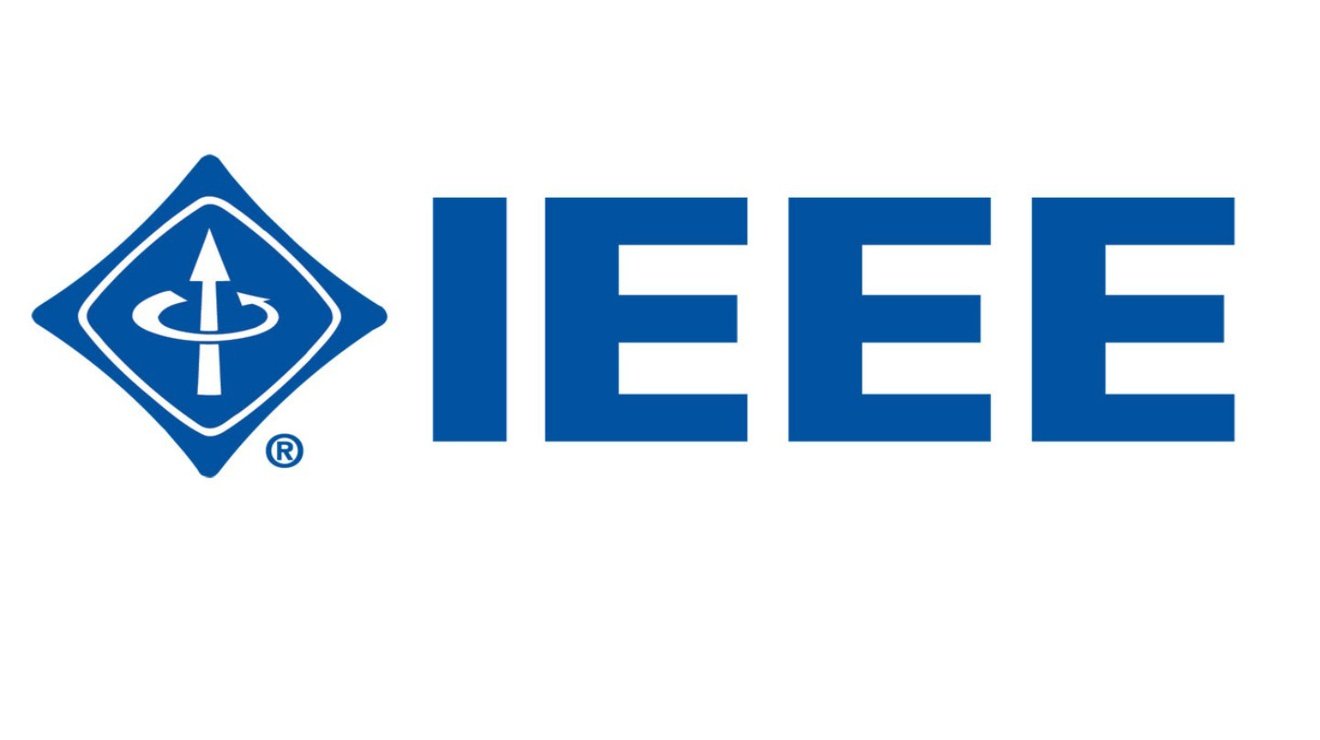
LightGBM
Introduction
Machine learning projects often face the challenge of balancing accuracy with speed. LightGBM, developed by Microsoft, has quickly become a favorite for data scientists who need both. As an open-source gradient boosting framework, it delivers high performance even on massive datasets, making it ideal for real-world production systems and competitive modeling.
Why LightGBM Matters
Traditional boosting algorithms can be slow when handling millions of rows or high-dimensional features. LightGBM solves this with a leaf-wise tree growth strategy that identifies the split with the highest loss reduction, ensuring more accurate models in fewer iterations. Combined with GPU acceleration and parallel learning, it dramatically shortens training time while maintaining precision.
Key Strengths
While many libraries claim speed, a few design choices give LightGBM a true edge:
- Histogram-based algorithms group continuous values into bins, reducing computations.
- Gradient-Based One-Side Sampling (GOSS) keeps the most informative data points, saving memory.
- Exclusive Feature Bundling (EFB) compresses sparse features without losing critical information.
These features make it possible to train models quickly even on large, complex datasets.
Practical Uses Across Industries
Because of its efficiency, LightGBM is applied in a wide variety of fields. Banks use it for credit scoring and fraud detection. Healthcare organizations build predictive models for disease outcomes and patient readmission. E-commerce companies deploy it for product recommendations and demand forecasting. Marketing teams rely on it for customer segmentation and ad click-through predictions. Even manufacturing operations use it for predictive maintenance and quality control.
Getting Started Easily
Installing and running LightGBM requires only a few steps. After installing with pip install lightgbm, you can convert your dataset to a LightGBM format, set core parameters such as learning rate or number of leaves, and train using either the native API or scikit-learn wrappers like LGBMClassifier. Because it automatically handles missing values, the data preparation phase is shorter than with many other gradient boosting tools.
Advantages Over Other Frameworks
Compared with XGBoost or CatBoost, LightGBM offers faster training and a smaller memory footprint. Its ability to handle large datasets with minimal preprocessing makes it attractive for enterprise-scale projects. The library also integrates smoothly with Python, R, and distributed computing platforms, making it a flexible choice for diverse workflows.
Points to Keep in Mind
Despite its strengths, some care is required when tuning parameters. The leaf-wise growth strategy can overfit smaller datasets if values like num_leaves or max_depth are not controlled. Large projects may also need careful GPU configuration to fully unlock performance. With thoughtful setup, these issues are easy to manage.
Future Outlook
The developer community behind LightGBM continues to enhance its capabilities with better distributed training and new interpretability tools. As organizations process ever-growing volumes of data, the need for a framework that combines speed, accuracy, and scalability will keep LightGBM in demand.
Quick Highlights
- Trains models faster than many gradient boosting libraries.
- Handles millions of rows and thousands of features.
- Automatically manages missing values and sparse data.
- Works across finance, healthcare, marketing, manufacturing, and e-commerce.



